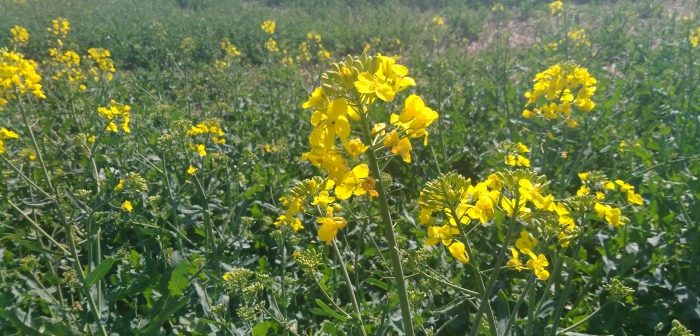UK clubroot populations are patchy and diverse, according to a new annual report, which has implications for integrated disease management approaches.
Exacerbated by close rotations, clubroot is an increasing problem in oilseed rape. The galls on roots formed by the clubroot pathogen, Plasmodiophora brassicae, affect normal root function, reducing water and nutrient uptake.
In addition to adjusting soil pH by liming, varietal resistance can also be deployed to help lessen the impact of clubroot.
The current project, led by SRUC, looks to understand the patchy nature of clubroot to establish if control measures can be targeted within the field and whether variety choice should be adapted in response to the diversity of UK clubroot pathogen populations.
Annual report
One of the key early findings from the research is that clubroot populations are highly diverse in the UK and often include ‘Mendel’ resistance-breaking strains. This is significant because the Mendel mechanism is present in all available clubroot-resistant varieties. The result shows that resistant varieties should be deployed strategically to slow the build-up of resistant strains in the soil.
Initial investigations into the spread of clubroot also confirm the patchy nature of the disease within the field. Field mapping has also revealed that patches spread very little during the season.
Yield mapping of commercial fields suggest patch treatments would be economically justified, in the current market, if yield loss from clubroot infection exceeds 1t/ha.
This conclusion is based on AHDB market prices (for November 17, as at 25 August 2017) which show 1t/ha is equivalent to £340/ha yield loss, with Limex costs estimated at between £150 to 300 ha (British Sugar 2014, pers comm) for a 10t/ha application.




